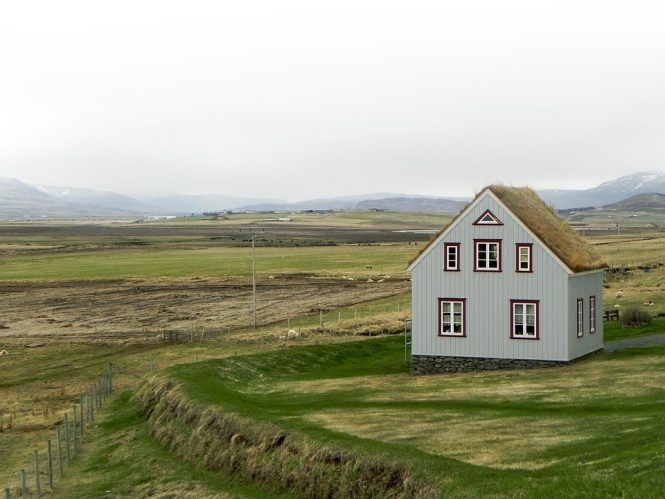
The Role of Your Roof in Home Energy Efficiency
When it comes to home energy efficiency, many homeowners focus on installing energy-efficient windows, upgrading to a programmable thermostat, and insulating their attics. However, one of the most critical components of a home’s energy efficiency is often overlooked: the roof. Your roof plays a vital role in regulating the temperature inside your home, and a well-designed and well-maintained roof can significantly impact your energy bills and overall comfort.
How Your Roof Affects Energy Efficiency
Your roof is the first line of defense against the elements, and it can either help or hinder your home’s energy efficiency. Here are a few ways your roof impacts energy efficiency:
- Heat Gain and Loss: During the summer, a dark-colored roof can absorb heat from the sun, causing your home to heat up and increasing the load on your air conditioning system. Conversely, during the winter, a well-insulated roof can help retain heat and reduce heat loss.
- Insulation and Ventilation: A well-ventilated roof can help remove heat and moisture from the attic, reducing the risk of mold and mildew growth. Proper insulation in the attic and roof can also help reduce heat transfer between the indoors and outdoors.
- Ultraviolet (UV) Radiation: UV radiation from the sun can cause roofing materials to degrade over time, leading to cracks, fading, and other damage. This can compromise the roof’s ability to reflect heat and protect your home from the elements.
- Weather Resistance: A roof that is not designed or installed to withstand extreme weather conditions, such as heavy rainfall or high winds, can lead to energy losses and compromise the overall energy efficiency of your home.
Factors to Consider for an Energy-Efficient Roof
If you’re looking to upgrade or replace your roof, there are several factors to consider for an energy-efficient design:
- Color and Material: Light-colored roofing materials, such as white or light-gray asphalt shingles or metal roofing, can reflect solar radiation and reduce heat gain. Consider using materials with high solar reflectance (SR) and thermal emittance (TE) values.
- Insulation and Ventilation: Ensure that your attic is well-insulated and ventilated to reduce heat transfer and moisture buildup.
- Roof Pitch and Orientation: A roof with a steep pitch can help reduce snow accumulation and improve ventilation. Consider orienting your roof to minimize exposure to direct sunlight and harsh weather conditions.
- Energy-Efficient Roofing Systems: Consider using energy-efficient roofing systems, such as solar roofs or green roofs, which can provide additional insulation and energy generation capabilities.
Benefits of an Energy-Efficient Roof
An energy-efficient roof can provide numerous benefits, including:
- Reduced Energy Bills: A well-designed and well-maintained roof can help reduce energy consumption and lower your energy bills.
- Increased Comfort: An energy-efficient roof can help regulate the temperature inside your home, improving overall comfort and reducing the need for heating and cooling.
- Extended Roof Lifespan: A roof that is designed and installed to withstand extreme weather conditions can last longer and require less maintenance.
- Environmental Benefits: By reducing energy consumption and using sustainable materials, an energy-efficient roof can help minimize your home’s carbon footprint and contribute to a more sustainable future.
Conclusion
Your roof plays a critical role in home energy efficiency, and a well-designed and well-maintained roof can significantly impact your energy bills and overall comfort. By considering factors such as color and material, insulation and ventilation, roof pitch and orientation, and energy-efficient roofing systems, you can create an energy-efficient roof that provides numerous benefits, including reduced energy bills, increased comfort, and extended roof lifespan. Whether you’re building a new home or upgrading your existing roof, make sure to prioritize energy efficiency and invest in a roof that will protect your home and the environment for years to come.